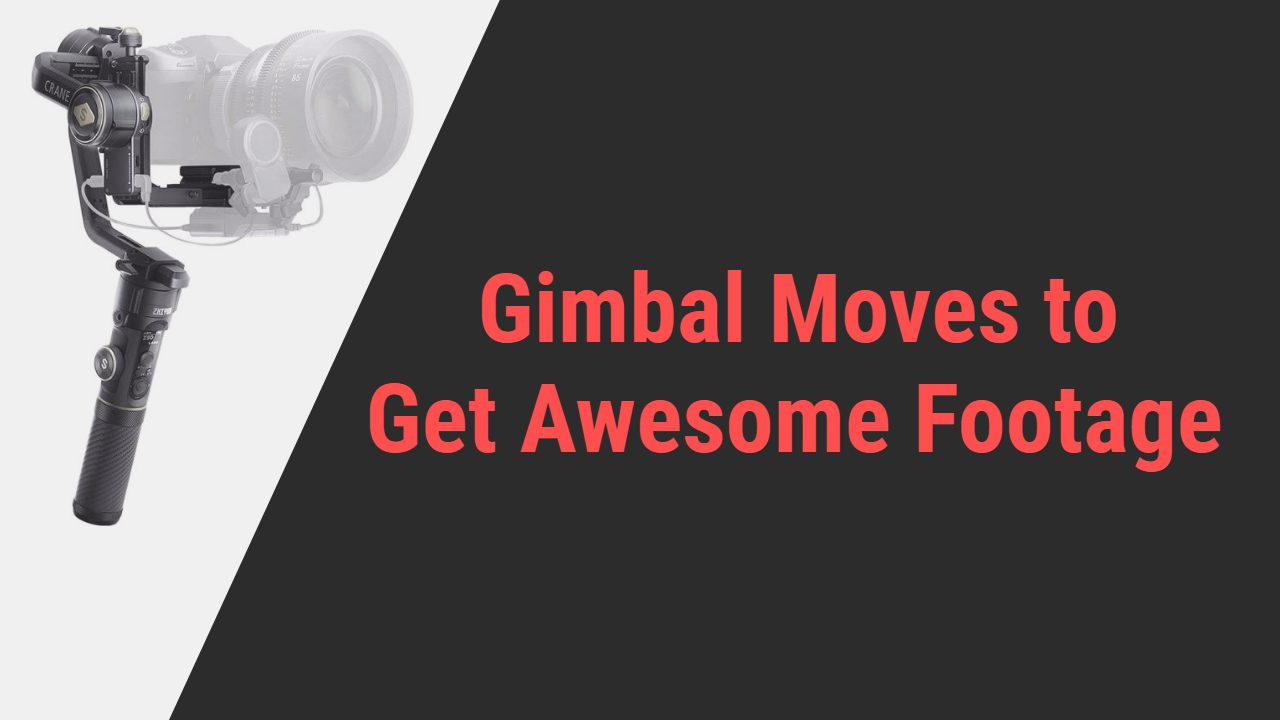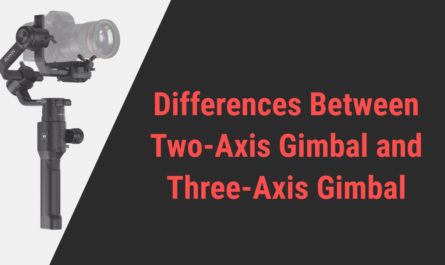Talking about creativity, gimbals are an absolute game-changer which are usually destined to propose a serious streak of highly cinematic shots. The well-built gimbals with advanced motorized techniques add magnified charm to your ordinary shooting.
The modern gimbal with its intelligent stabilization, often gets you more than the artistic vibes you want in your footage, whether it’s a commercial, movie, or other regular project; the only secret is to know their innovative moves.
This is what’s going to be discussed today, the creative moves of the gimbal or the shooting modes of the gimbal that will avail smooth and stabilized shots adding value to your footage.
So, scroll down to confront the effective gimbal moves that are potent enough to give you the most cinematic shot filling up with the lost gleam of creativity.
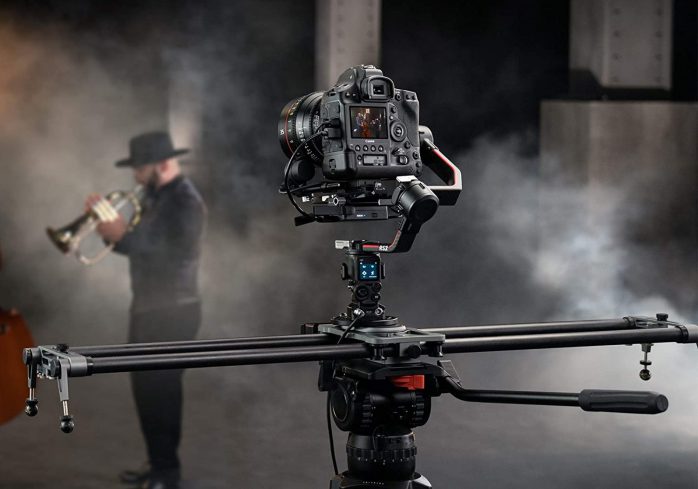
Gimbals and their sizzling abilities
The most crafty and handiest invention of gimbal is an almighty whenever it comes to stabilization; the gimbals are an enhanced tool that allows you to capture the most stabilized, smooth, and sharp imagery after eliminating unwanted movement.
These gimbals are a pretty convenient and affordable option to serve you best with a uniform balance.
The innovative abilities, intelligent sensors, smart motorized control, and much more genius potential lead to the silky smooth footage. These gimbals are a kind of pivoted support system that detects minor movement and stabilizes the movement using motorized control. Other than the basic perks, these gimbals are significantly advantageous; let’s see why?
- These gimbals give higher-quality cinematic shots.
- They are much more compact and light-weighted
- They have a pocket-friendly ranged stabilization tool.
- They are an excellent option for filmmaking, sport, or travel shooting
- They are considered to be a source of creativity.
Creative Gimbals moves to get you over-the-top level footage
You might have heard of how photographers add their dedicated and artistic efforts in order to pour professional creativity into your shots. How walking toward the subject with bent knees, how holding your camera like a briefcase, or how arching around the subject with your gimbal gives the sensational thrill of balance and sharpness to the image. Adding to the shooting essential guide list, let’s see what other gimbal moves you need to adapt for shooting stunning video footage.
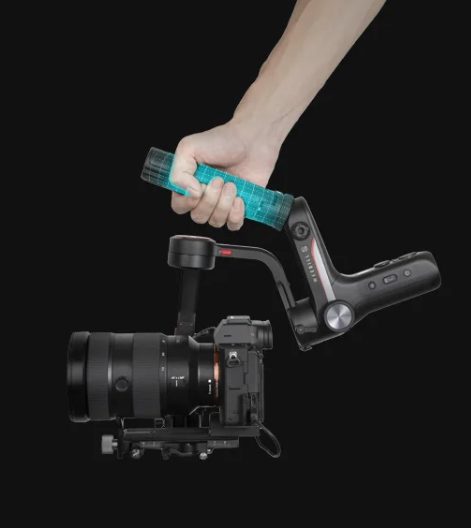
Classic Push IN Mode
The classic push-in is basically a straightforward idea of walking towards the subject with a definite angle and steadiness. It can be done by walking or moving your hand forwards behind the subject by standing at a place to get balanced stationary subjects. You can either hold the gimbal vertically or be inclined according to your comfort.
Classic Push Out Mode
Like the Classic Push-In, the pull-out is the easiest and most famous shooting mode formed by reversing the push-in. The shooting involves moving with your gimbal backward while the subject keeps walking toward the camera like, in a way, they both follow the same direction.
Push/Pull Mingling Mode
The classic Push-in and Pull-out are the easiest, most effective, and safest shooting modes available by most photographers. The mingling of push-in and pull-out is another brilliant approach to shooting the stationary subject with extra professionalism. There’s another thing you can do with the push-in and pull-out mingling.
Underslung push-in and pull-out Mode
This includes sweeping the ground at the lowest angle while you walk towards the subject or the subject walks towards the camera.
Tilt Push-in and push-out mode
Same as the usual push-in and pull-out, only this time, tilting towards the subject or the reversed way (standing behind the subject or standing in front), including the engagement of a joystick. If you are shooting, push at a low angle, tilt up and if shooting at a high angle, tilt downside.
Parallax Mode
One of the popular Parallax Mode gets the most creative version of your subject in either low or normal mode. The mode stabilizes the subject in the center of the frame and then moves, circulating around it at 180 degrees or 360 degrees; it technically stays parallel to the subject, which is why it’s called parallax mode.
Reveal Mode
Another master mode, Reveal mode is something out of the box; this shot requires moving the gimbal from side to side, in a vertical, diagonal, or straight line from behind an obstruction. The obstruction is used to reveal the subject slowly, giving it a thrilling look. Bush, beach stone, tree, or artificial prop can be used as the obstruction.
Car Gig Mode
Those precious Hollywood shots with cars are an absolute treasure; this is why I prefer car gig mode, which means shooting out the window of a moving car. Yeah, this doesn’t require hassle, just sit on the passenger seat and hold your gimbal out of the window or you can place a mini tripod on the seat also.
Profile Shot
The profile shot is termed a static shot at close-up or medium close-up range in the full, smooth, stable motion. This profile shot requires bending a little, targeting your subject at an adequate range, and capturing the shot with an accurate shot by compensating for the slightest motion.
Lateral Shot
The lateral shot is subjected to an attractively unique shot getting the distinctive version of the subject. The lateral shot is the way of holding the gimbal with an extended pole stating it on your hips, and keeping the face down and revolving with an anchoring point circling an arc.
Drop Down Mode
Another rare yet artistic mode is drop-down which is suggested by professional filmmakers; this mode includes the shooting starting at a higher position and slowly dropping to a lower position without involving large movement. Some popular movies use this mode’s creativity in the introduction part.
Rise Up Mode
After the Drop-Down Mode, the Rise Up mode is nothing but the reverse of it; like the drop-down used at the start of the story, this rise-up mode is usually implemented at the end of the story. You simply need to move your gimbal, aka camera, from the downside to upwards at a certain height; you can use a tripod or monopod for that if needed.
Fly Over Shot
The flyover shooting mode is usually like having your camera fly over the subject; it’s also called fake drone mode. This shot is a bit tricky but the most creative of all, giving the thrill of cinema. Reaching with the gimbal handle of the extended monopod, move it around the subject from the top view; try picking a light weighted gimbal if you are fond of Fly Overshot.
Follow Mode
The easiest and most effective follow mode is nothing more about casually following the subject with steady hands and using zooming in and out if needed. The simple following of a subject technique gives the subject a creative point of view. This mode requires placing the gimbal behind the subject and following up on their way to the destination.
Jib Shot
All intention of the Jib shot Is to shoot the subject without including a real jib; yes, this shot includes holding the gimbal overhead side; after that, jib down and do the panning in the direction of the subject. You can use the extension rods for better height and panning remotely.
Ninja Shot Mode
The most discussed and used Ninja walk mode is the simple idea of walking in front or behind the subject with your knees bent; you can also straighten up by standing from time to time during the shot, and the locking of knees gives the footage an artistic effect. While doing this Ninja Shot, try to keep the right pace with your subject and take shorter steps to avoid slight movements.
Free-style close-ups Mode
The freestyle closeups usually are casual roaming around your subject at the closest distance and then pushing in and out accordingly. For instance, if you are shooting the subject placed on the table, you can move around with regular push-in and push-out.
Mouse/Bird Eye Shot
Both Mouse and Birds eye mode is something that can change the subject’s ordinary perspective; the mouse eye shooting includes the shooting push-in at an extremely low angle which makes the subject looks largest; while the bird’s eye is much more likely to hold your camera to an overhead gig and shoot straight down onto your subject giving it a livelier look.
WoodPecker mode
Last but not the least, the woodpecker is the most creative shot, which is likely the push-in and pull-out mode but the highest speed. The shot requires holding the gimbal at a definite angle and pushing in really fast, and then reaching towards at a certain distance pushes out equally fast. This is more likely to be implemented in comic or dramatic zip moments.
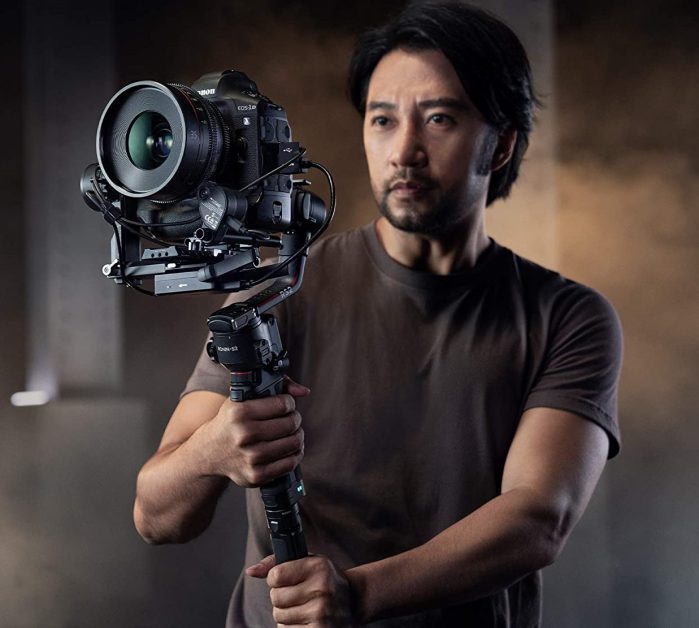
Final Words
On an innovatory note, it’s quite literal to say that having a gimbal doesn’t give you perks getting the stabilized smooth footage; you might need to get the proper insight of its potential, secret hack, and, more importantly, how to be comfortable with your gimbal, engaging it with different modes to utilize the most of its benefits.
This is not much of an impossible task now since you have got an ethical insight into the creative and popular gimbal moves. These moves exist only to introduce your shot with balanced professionalism and leave the crowd envious of your remarkable finished footage.
So don’t wait to start implementing these beautiful modes in your shooting the very next day. Also, don’t forget to share your thoughts on which of these moves is your favorite.

